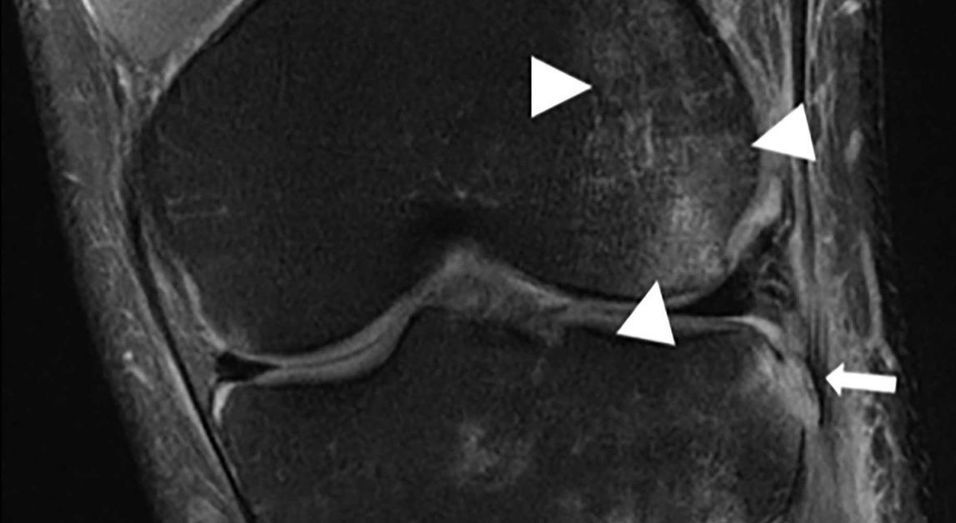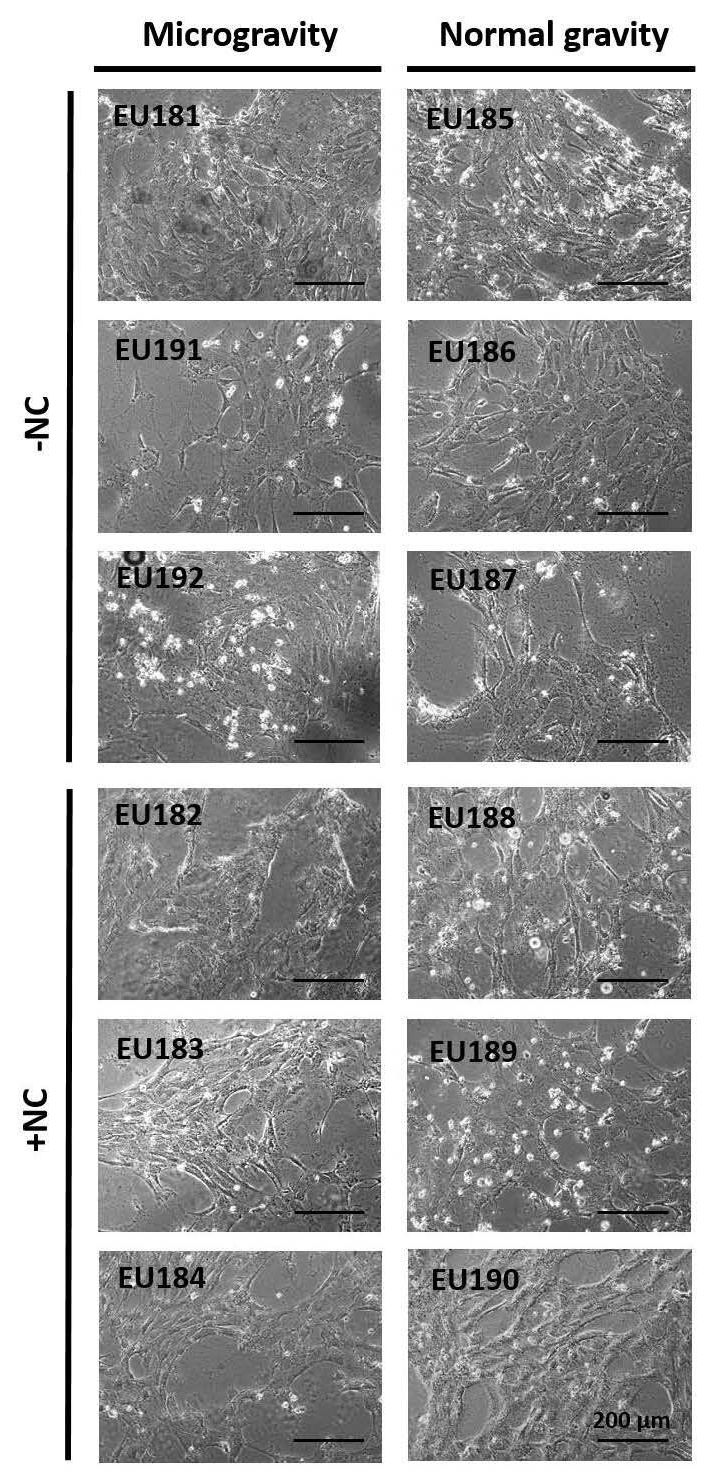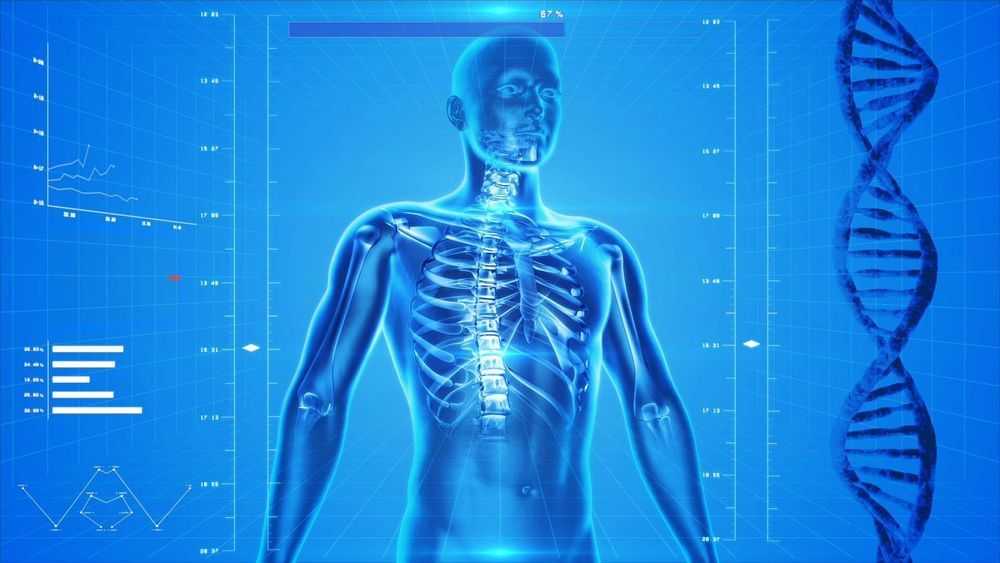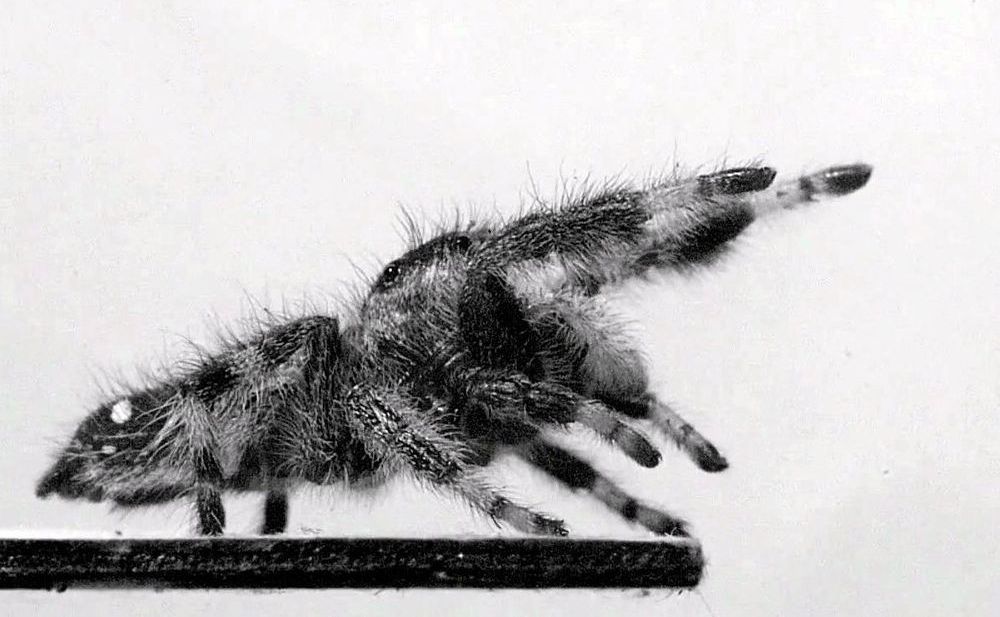New experimental evidence of a collective behavior of electrons to form “quasiparticles” called “anyons” has been reported by a team of scientists at Purdue University.
Anyons have characteristics not seen in other subatomic particles, including exhibiting fractional charge and fractional statistics that maintain a “memory” of their interactions with other quasiparticles by inducing quantum mechanical phase changes.
Postdoctoral research associate James Nakamura, with assistance from research group members Shuang Liang and Geoffrey Gardner, made the discovery while working in the laboratory of professor Michael Manfra is a Distinguished Professor of Physics and Astronomy, Purdue’s Bill and Dee O’Brien Chair Professor of Physics and Astronomy, professor of electrical and computer engineering, and professor of materials engineering. Although this work might eventually turn out to be relevant to the development of a quantum computer, for now, Manfra said, it is to be considered an important step in understanding the physics of quasiparticles.









